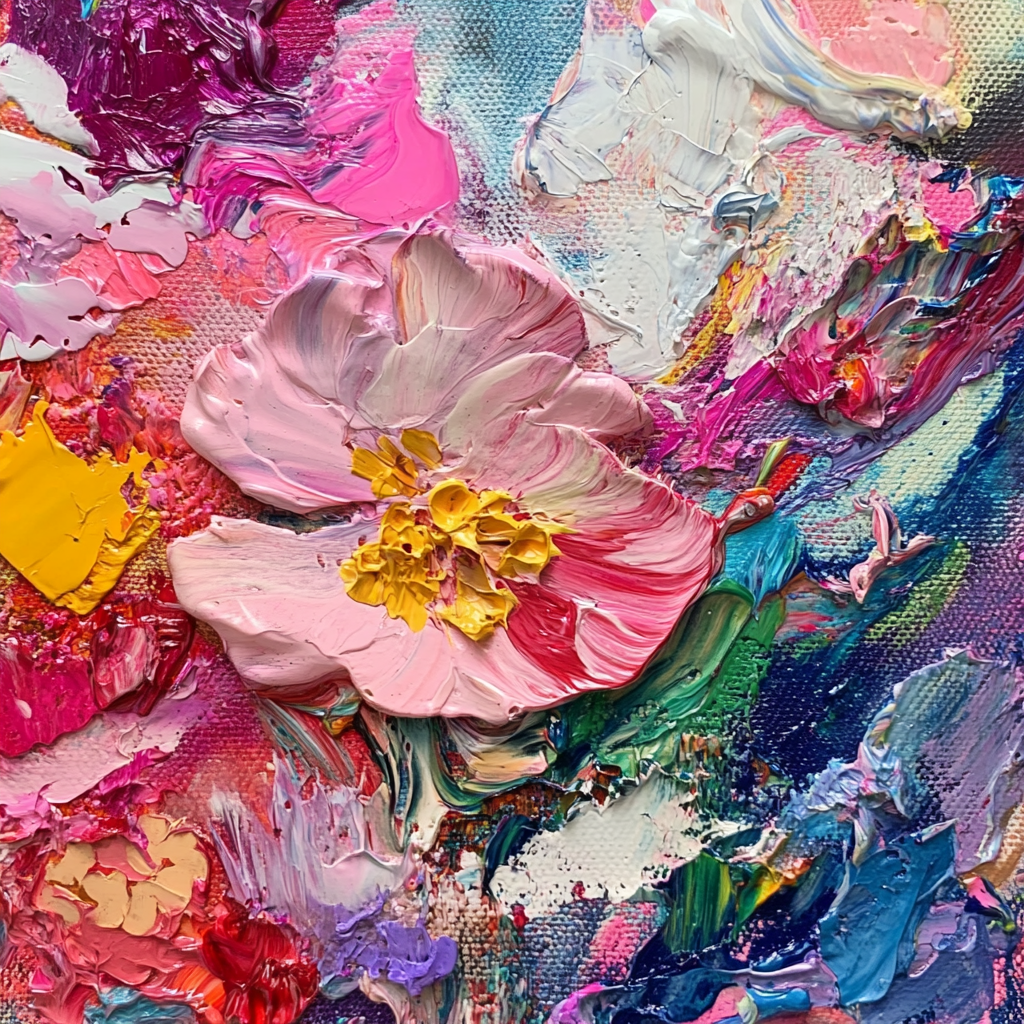Exploring the interaction of scent and color in art opens new horizons in understanding how these two elements can influence human perception and emotional state. Visual and olfactory perception are closely related, and their combination can greatly enhance the experience of a work of art.
Historical Roots: First use of scent and color in art
The history of the use of scent and color in art goes back to ancient times. In Ancient Egypt, for example, fragrances were used in rituals and religious ceremonies, where the combination of colors and scents played an important role. Colors and scents had symbolic meanings, often associated with certain gods or states of mind. Yellow, for example, was associated with the sun and vital energy, and the aromas of incense enhanced this perception.
During the Renaissance, interest in combining colors and scents increased, especially among artists and alchemists. They began experimenting with aromatic substances, adding them to the paints and materials they used. This was done not only to create unique works of art, but also to influence the viewer’s perception. For example, artists could use floral scents to enhance the perception of landscape scenes, creating a more realistic and immersive feeling.
Psychology of perception: How colors affect the perception of aroma
The perception of scent and color is closely related to psychological aspects and can have a profound impact on a person’s emotional state. There are a few key points to consider:
- Colors can enhance the perception of aroma: Research shows that certain colors can enhance or soften the perception of fragrance. For example, warm colors such as red and orange are often associated with warm and sweet scents.
- Colors can change the perception of scent intensity: Rich and vibrant colors can make aromas appear more pronounced and intense, while pastel and soft colors can soften the perception of a scent.
- The combination of color and aroma can create associative connections: For example, green is often associated with fresh and herbal aromas, while blue is associated with cool and watery aromas.
These psychological effects are used in a variety of fields, from art to marketing, to create certain emotions and reactions in the audience. Artists and designers recognize the importance of these connections and often use them to enhance the effect of their works.
Synesthesia in art: Combining visual and aromatic elements
Synesthesia, a phenomenon in which stimulation of one sense causes an automatic response from another, is often found in art where visual and aromatic elements are combined to create a unique experience. Some artists have the rare ability to perceive scents as colors or sounds, which inspires them to create synesthetic works.
The use of synesthesia in art helps viewers immerse themselves in a multi-sensory experience. For example, at contemporary art exhibitions there are often installations where aromas are sprayed into the air, enhancing the visual perception of the works. This combination stimulates different parts of the brain, which makes the perception of art more rich and deep. Fragrances can be used to enhance the perception of certain colors or scenes, creating a sense of presence and reality.
Modern Experiments: Innovative Approaches and Research
Modern research and experimentation with scents and colors opens up new possibilities in art and science. Many artists and scientists are working to create unique installations where scents and colors play a central role. Technological innovations such as digital fragrances and interactive installations enable the creation of personalized experiences tailored to the individual preferences and perceptions of viewers.
These innovative approaches have applications not only in the arts, but also for therapeutic and educational purposes. For example, aromatherapy and color therapy use combinations of colors and scents to achieve certain psychological and physiological effects, such as relaxation or increased concentration. This area is actively developing, and its potential has not yet been fully realized.
Influence the scent and color of marketing and design
In marketing and design, scent and color play a key role in building a brand and attracting customers. Many companies use scent marketing, where certain scents are associated with a brand and help create a positive impression among customers. The colors of the packaging and interior are also carefully selected to match the scent and enhance its perception.
Research shows that the right scents and colors can increase sales and improve customer loyalty. For example, color schemes and scents in stores can influence consumer behavior, encouraging them to spend more time in the store and make purchases. These design elements become important tools in creating a unique and memorable brand.
Research shows that certain combinations of scents and colors can evoke specific emotional responses, such as calming or arousing.
Artists create multimodal installations where scents and colors enhance each other, creating a deeper, more layered experience of the artwork.

